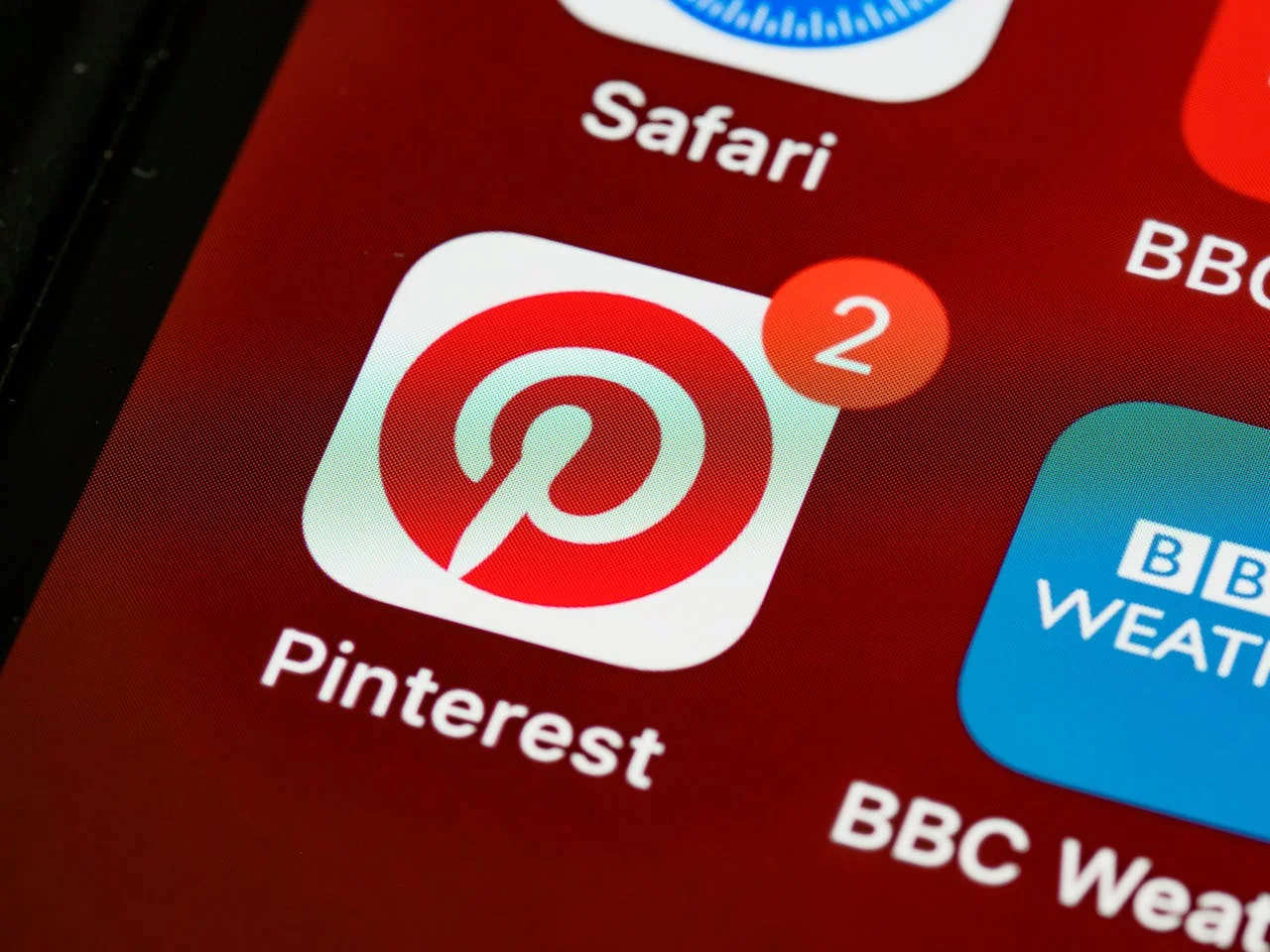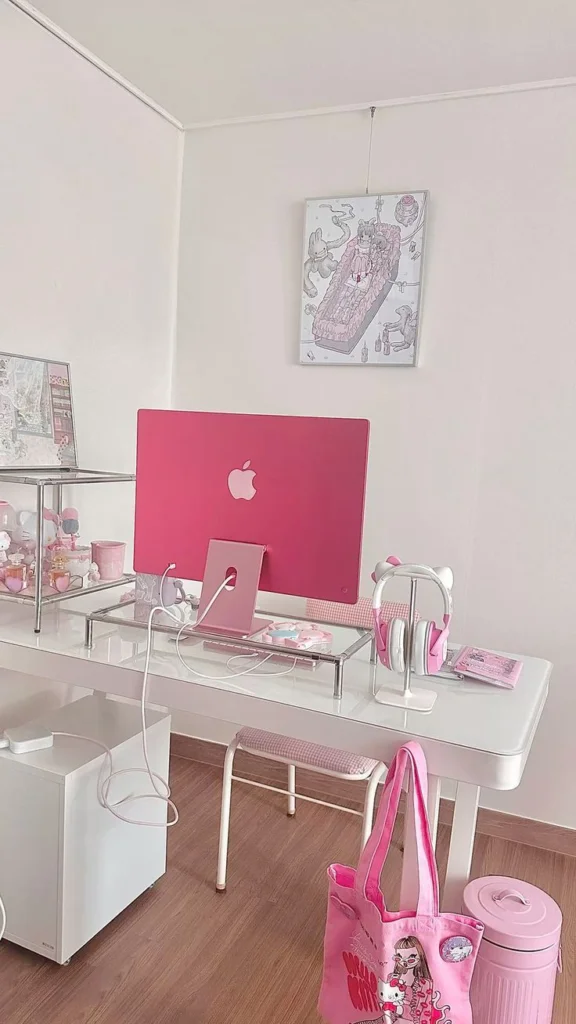
You’ve probably scrolled through Pinterest countless times, saving recipes you’ll never make and home decor you can’t afford—but what if I told you that same platform could actually pay your bills? While most people treat Pinterest like a digital wishlist, savvy entrepreneurs are quietly building five-figure monthly incomes through strategic pinning, affiliate partnerships, and service offerings that capitalize on Pinterest’s unique search-driven traffic patterns, and honestly, once you understand the mechanics behind Pinterest’s algorithm and user behavior, you’ll wonder why you waited so long to start.
Setting Up Your Pinterest Business Account for Maximum Profit
Before you can transform Pinterest from a casual hobby into a genuine income stream, you’ll need to swap your personal account for a business one—and trust me, this isn’t just corporate jargon designed to make you feel important. Business accounts provide access to Pinterest Analytics, which reveals what content drives traffic and sales: essentially, your roadmap to profitability.
You’ll also access Rich Pins, which automatically sync product details like pricing and availability—think of them as your silent sales team working 24/7.
The conversion process takes five minutes: navigate to business.pinterest.com, verify your website, and connect your social media accounts. I initially hesitated, worried I’d lose my personal boards, but Pinterest preserves everything while adding powerful monetization tools that personal accounts simply can’t access.
Creating Pin-Worthy Content That Drives Traffic and Sales
When you’re staring at that blank Pinterest board, wondering what magical content will actually convince people to click through and buy something, recall that successful pins aren’t born from artistic genius—they’re engineered from understanding what makes people stop mid-scroll and think “I need that in my life.” Your pin’s visual hierarchy matters more than you’d expect: research from Pinterest’s own data science team shows that pins with text overlays generate 30% more engagement than image-only pins, but here’s the catch—the text needs to solve a problem or promise a transformation within three seconds of viewing.
Power moves for creating scroll-stopping content:
- Use bold, contrasting colors that stand out in Pinterest’s cluttered feed—think neon yellow text on deep purple backgrounds
- Lead with benefit-driven headlines like “Save $500 Monthly” instead of vague “Money Tips”
- Include faces or hands interacting with your product—human elements increase saves by 23%
- Create urgency through scarcity language—”Only 3 ingredients needed” outperforms “Easy recipe”
Mastering Pinterest SEO to Boost Your Visibility

Although Pinterest might look like a visual playground where creativity reigns supreme, it’s actually a search engine in disguise—and frankly, most people are terrible at treating it like one, which is exactly why you can swoop in and dominate your niche with some strategic keyword magic.
Start by researching keywords through Pinterest’s search bar: type your main topic and watch the auto-suggestions populate—these are gold mines of what people actually search for. Then weave these keywords naturally into your pin titles, descriptions, and board names. Don’t stuff them awkwardly (we’ve all seen those cringe-worthy descriptions), but strategically place 2-3 relevant keywords per pin description.
Your profile name should include your primary keyword too—Pinterest’s algorithm loves this consistency across your entire presence.
Affiliate Marketing Strategies That Convert on Pinterest

Since you’ve mastered the art of getting eyeballs on your pins, it’s time to turn those views into actual cash—and affiliate marketing on Pinterest is where the magic happens, assuming you don’t fall into the same traps that make 90% of Pinterest affiliate marketers look like desperate door-to-door salespeople.
The secret lies in strategic positioning: you’re not pushing products, you’re solving problems your audience didn’t even know they had.
- Create story-driven pins that showcase transformation rather than just product features
- Use seasonal relevance to tap into urgent buying psychology when people are already primed to purchase
- Layer multiple affiliate links within extensive guides instead of single-product promotions
- Track click-through patterns to identify which pin styles generate the highest-converting traffic for each niche
Selling Digital Products Through Pinterest Marketing
While affiliate marketing lets you earn commissions on other people’s products, selling your own digital products on Pinterest transforms you from middleman to CEO—and honestly, it’s where the real money lives, even if you’re currently staring at a blank Google Doc wondering what the heck you could possibly create that anyone would want to buy.
Pinterest users actively seek solutions: meal plans, printable planners, courses, templates, and guides. Your digital products become their answers. Create vertical pins showcasing your product’s benefits—think before-and-after transformations, step-by-step previews, or testimonial graphics. Pinterest’s algorithm favors fresh content, so design multiple pin variations for each product.
Rich pins display real-time pricing and availability, boosting credibility. Link directly to your sales page, not your homepage: every extra click kills conversions. Digital products offer unlimited scalability—create once, sell forever.
Building and Monetizing Pinterest Boards by Niche
Beyond creating your own digital masterpieces, smart Pinterest entrepreneurs understand that your boards themselves become valuable real estate—think of them as themed storefronts where every pin either builds your authority or drives revenue, and honestly, most people are leaving serious money on the table by treating their boards like random mood boards instead of strategic business assets.
Niche down ruthlessly: Pick 3-5 laser-focused topics where you can dominate—”budget meal prep for busy moms” beats “food” every time.
Create collaboration boards: Invite other creators to contribute, expanding your reach while you sleep.
Pin strategically with affiliate links: Every recipe, DIY project, or product recommendation becomes a potential commission.
Build email capture funnels: Use compelling lead magnets to convert browsers into subscribers.
Your boards become conversion machines, not just pretty collections.
Using Pinterest to Drive Traffic to Your Blog or Website
Pinterest consistently drives more referral traffic than Twitter, LinkedIn, and Reddit combined—yet most bloggers still treat it like an afterthought, casually dropping a pin here and there while wondering why their website analytics look flatter than day-old soda.
You’re sitting on a goldmine, and the key lies in creating pins that function as irresistible doorways to your content. Design vertical pins (2:3 ratio works best) with bold headlines that promise solutions: “5 Mistakes Killing Your Morning Routine” beats “My Morning Thoughts” every time. Include your website URL as text overlay—Pinterest’s algorithm favors pins with readable text.
Here’s what changed everything for me: I started treating each pin like a movie trailer, giving enough value to hook readers while leaving them hungry for the full story on my site.
Creating and Selling Pinterest Templates and Graphics

The digital pickaxe for Pinterest’s gold rush isn’t just pinning—it’s creating the tools that everyone else desperately needs for their own success. You’re about to tap into a market where busy entrepreneurs will gladly pay $5-50 for templates that save them hours of design work—and honestly, once you see how much people spend on Canva Pro subscriptions, you’ll wonder why you didn’t start sooner.
- Pin templates: Create branded layouts for different industries (food bloggers, fitness coaches, real estate agents)
- Story templates: Design Instagram-style graphics that work perfectly for Pinterest’s story pins
- Seasonal collections: Bundle holiday-themed designs that businesses desperately need during peak seasons
- Niche-specific graphics: Target specific audiences like wedding planners or small business owners with specialized designs
Offering Pinterest Management Services to Other Businesses
Why struggle to build your own Pinterest empire from scratch when you can literally get paid to build someone else’s—and here’s the kicker: most business owners would rather hand you their login credentials than spend another weekend trying to figure out whether their pins should be 2:3 or 1:1 ratio (spoiler alert: it’s 2:3, but they don’t know that).
You’re stepping into a goldmine here: Pinterest management services charge anywhere from $300-$2,000 monthly per client, depending on scope. Small businesses desperately need Pinterest expertise but lack time to master keyword research, seasonal content planning, and board optimization strategies.
Your job becomes creating pin schedules, designing graphics, analyzing analytics, and growing their follower base—all skills you’ve likely developed while monetizing your own account, making this shift surprisingly natural.
Scaling Your Pinterest Income With Automation Tools

Once you’ve locked down a few management clients and your daily Pinterest routine starts feeling like Groundhog Day—creating pins, scheduling content, checking analytics, repeat—automation tools become your secret weapon for scaling without losing your sanity or sacrificing quality.
Here’s what’ll transform your Pinterest hustle into a streamlined powerhouse:
- Tailwind or Later: Schedule weeks of pins in advance, letting you batch-create content instead of posting frantically every day
- Canva’s bulk create feature: Generate dozens of pin variations from one template—I’m talking 50 pins in 10 minutes, not hours
- Buffer or Hootsuite: Cross-post your content to multiple social platforms simultaneously, maximizing your reach
- Pinterest Analytics automation: Tools like Sprout Social pull performance data automatically, creating reports that practically write themselves
Smart automation doesn’t replace strategy—it amplifies your existing efforts exponentially.
Conclusion
You’ve got everything you need to transform your Pinterest scrolling habit into serious income—whether that’s through affiliate commissions, digital product sales, or managing accounts for overwhelmed business owners. Start with one strategy that excites you most, test what works, then scale up gradually. I’ll be honest: it takes consistent effort upfront, but once you’ve cracked Pinterest’s algorithm and built momentum, you’ll wonder why you waited so long to monetize those perfectly curated boards.
Comments
-
Pingback: 11 Black Friday Budget Tips





Pingback: 15 Holiday Budgeting Tips to Avoid January Debt